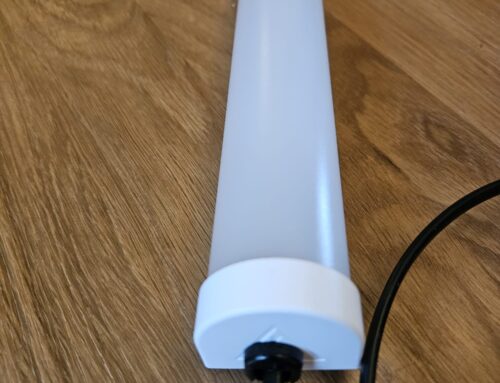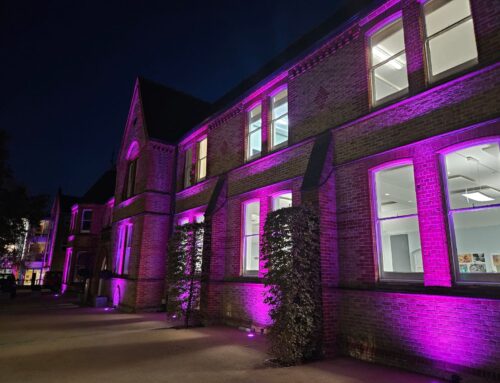LED Flicker performance is becoming a frequently asked question. The effect of flicker on mental well being is still relatively unknown. CIBSE & SLL are inviting organisations to pitch for a ground-breaking research project into the perception of flicker by humans and to ascertain if there are detrimental effects on performance.
Stroboscopic Effect – Frequency band
<70Hz – Very noticeable
100 – 120Hz – Industry recommended band (Can be noticed by a fractional percentage of people) @ 50/60Hz mains input
120 – 160Hz – Very rare and expensive to get this type of driver. The driver is also a lot more power hungry as there are more cycles per second etc…
>160Hz – Completely unnoticeable to the human eye
Flicker – Cycle variation within the above frequency bands
Within the frequency bands above you now get the cycle (this is effectively one pulse of the LED). Driver manufactures will give their data as a percentage of the difference in the peak and function of the trough. Silent downlights use a premium Tridonic Talexx driver has 5% ‘Percent Flicker’ @ 120Hz which is ‘unnoticeable’. The Customer should be suspicious when this type of data isn’t even mentioned on a product datasheet or driver datasheet.
Summary
Step 1. Ensure the driver is run at 100Hz – 120Hz frequency band
However a small percentage of people might see flicker at this frequency band, therefore:
Step 2. Ensure the variation in a cycle is minimal – Aim for at least <10% Percentage Flicker on the driver datasheet.



